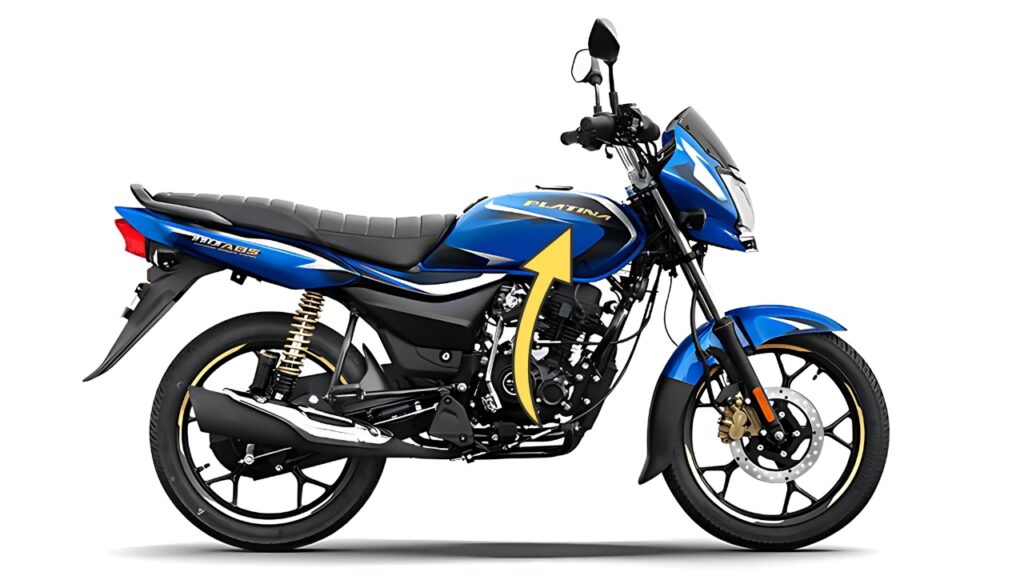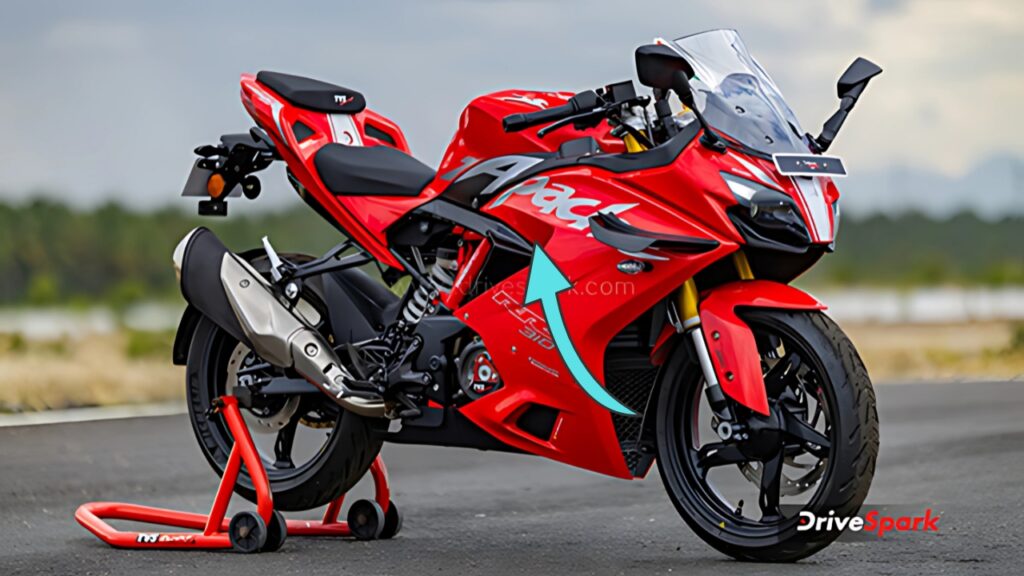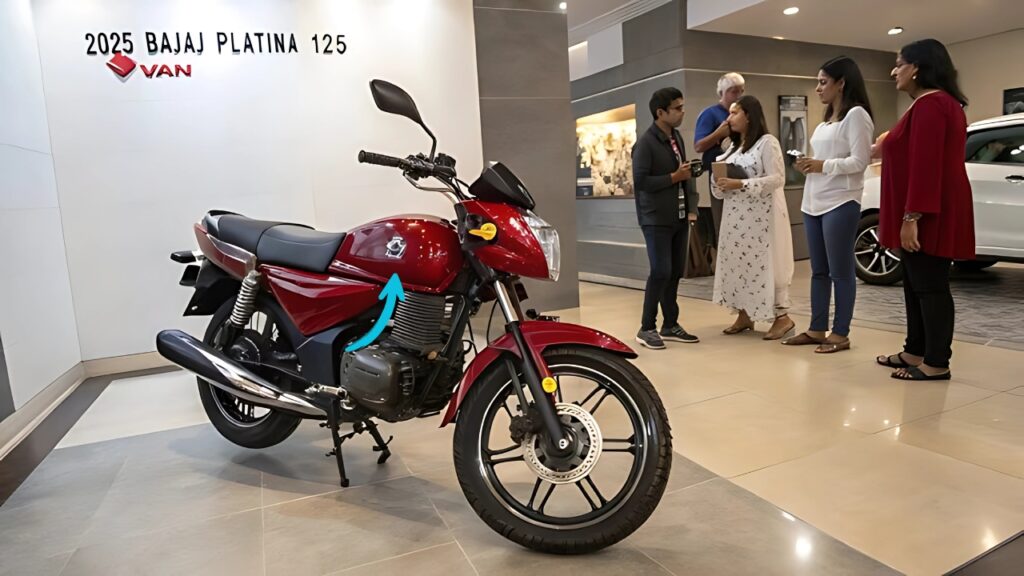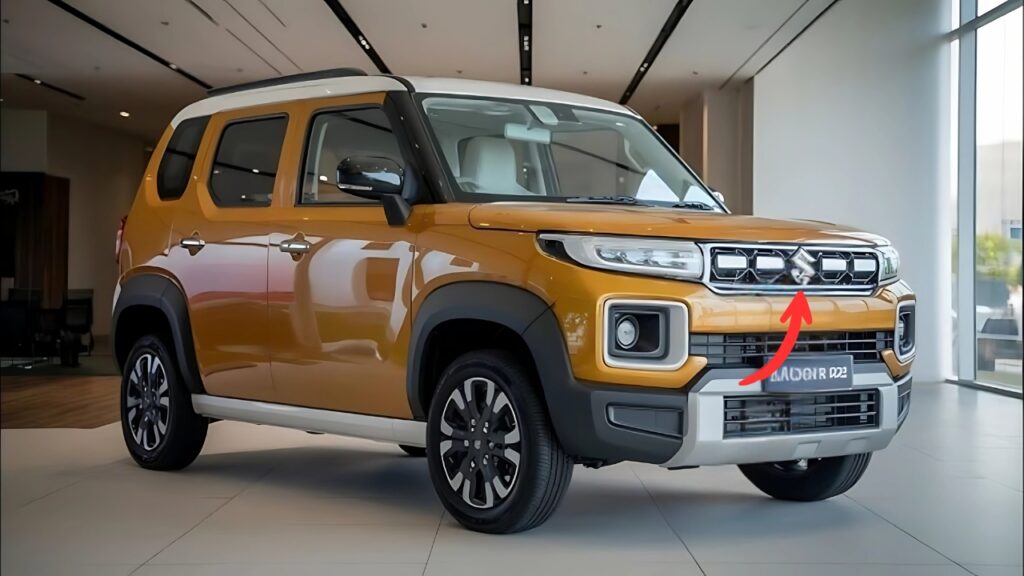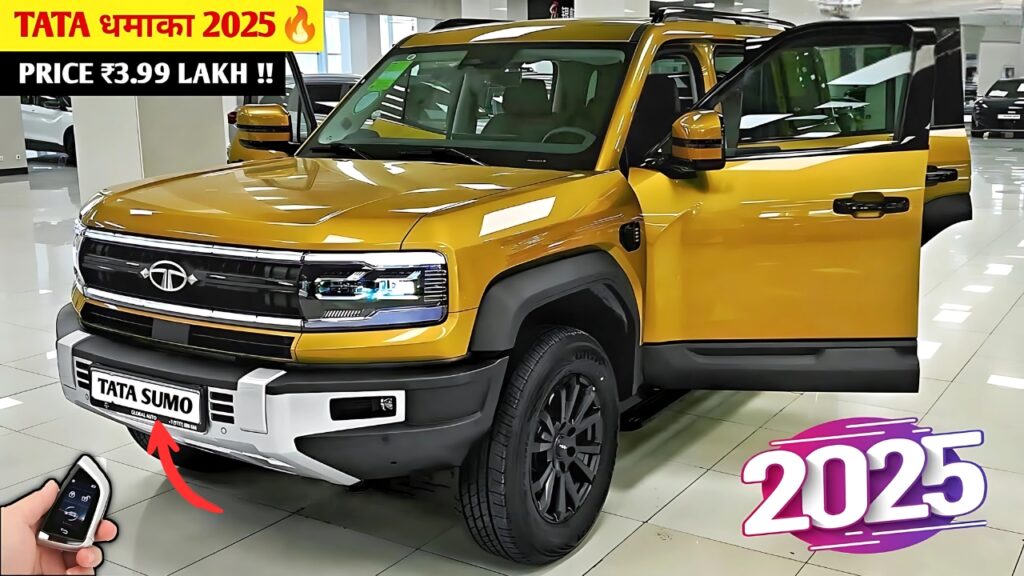Hindustan Ambassador: Amidst the maze of memory lane runs a car deepest in India’s motoring conscience – that old workhorse from Hindustan Motors, the legendary Ambassador.
The Indian roadways were under his undisputed reign and government officials ministry preferred chariot, this iconic sedan is all set to create some waves as automobile aficionados and boot burners alike can’t keep their excitement contained.
Table of Contents
Hindustan Ambassador The Legacy Lives On
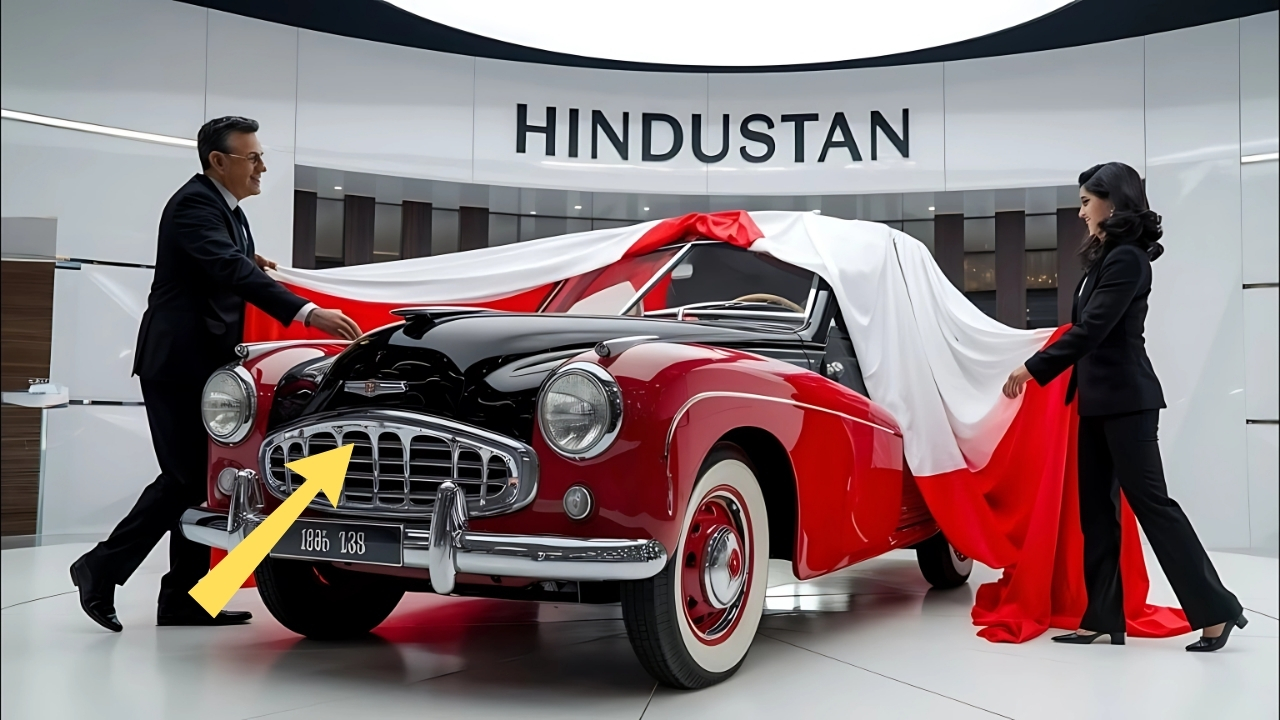
The history of the Ambassador is closely linked with India’s industrial march after the independence. Inspired by the British Morris Oxford Series III, the Ambassador first started being built in 1957 and remained an imperial part of India’s landscape until 2014, when Hindustan Motors pulled the plug on making it at its historic Uttarpara factory in the eastern state of West Bengal.
For decades, the Ambassador represented power, status and official sanction – it was also known as the “minister car,” a moniker that appeared with some frequency in day-of-week books as it carried government dignitaries and officials to and fro.
The Ambassador was not amazing because of its tech or looks, but because it was solidly built, had a large and comfortable cabin and could surmount India’s terrible roads with ease.
The automobile’s signature rounded shape grew so iconic it would evolve into a cultural icon, featured in scores of films, photographs and artistic depictions of Indian life.
The French Connection
Hindustan Ambassador The resurrection story of the Ambassador Some history: In 2017, French auto giant Groupe PSA (now part of Stellantis) bought the Ambassador brand and IP from Hindustan Motors for ₹80 crore. This purchase immediately prompted discussions on the resurgence of this popular car brand.
According to industry insiders, Stellantis has been waiting in the wings for the right moment to bring back the Ambassador, which could potentially be through its Citroën brand, as it is already selling its cars in India.
The strategy seems to be placed on a harmony between the nostalgic feeling and the cutting-edge technology you’ll find in today’s automobiles: a car representative of the traditional past yet transcending into the modern future.
Reimagining an Icon
From automotive circles, the resuscitate Ambassador will not merely be a carbon copy of it’s old self.
But instead of the defunct Hindustan Ambassador, it’s the Hind Motor Financial Corporation (HMFCI), along with its French allies, which is working on nothing less than a brand new interpretation – an “Ambassador 2.0” if you will, which will retain much of the charm and simplicity of the original, albeit re-integrated into the automotive stock of modern-day design and engineering.
One of the most serious rumours is that the new Ambassador could take birth as an electric vehicle - definitely a sensible re-incarnation of a car that symbolised the ultimate in officialdom.
In the present situation in which India is moving with the tide towards electric mobility, Electric Ambassador might once again be the chosen vehicle for the government and its officials, the car’s image as an Icon blending tradition with a forward looking policy.
Design drawings and computer images floating across the web suggest a shape reminiscent of the Ambassador, thanks to a curved bodywork and a commanding stance, with a contemporary touch too.
Inside, a mix of old-school goodies and newfangled tech has been mentioned to make it feel like new (old) digs.
Production Possibilities
Hindustan Ambassador Where it was once a rumoured product for launch in 2023 if it was to see the light of day soon, recently the tone has shifted somewhat towards the product needing regular development time.
Rumours from the industry suggest we’re not to expect a release before 2026, so engineers and stylists have plenty of time to fine-tune what is one of the most important automotive revivals of our time.
Production would most probably happen at Stellantis’ current plants in India, potentially even at the former Hindustan Motors plant in Tamil Nadu and not at the original Uttarpara plant.
This setup will use contemporary manufacturing methods with roots in the brand’s history.
Price positioning is speculative, but industry analysts say the new Ambassador could be aimed at the mid-market, with a price band of ₹10-15 lakh, which would make it a competitive, but unique, offering in an overcrowded automotive space.
Market Position and Opportunities
The new and renewed Ambassador is a case of challenge and opportunity in present-day India. For one thing, the market is certainly not as it was when the first Ambassador was around, consumers are used to cutting-edge vehicles from world wide-spread producers, there’s no going back.
At the same time, there’s a strong undercurrent of nostalgia and national pride that’s associated with the Ambassador, and which perhaps may end up commanding significant consumer interest.
And if cast as an electric vehicle — its unmissable grille lights up in glorious theatre — the new Ambassador might prove attractive to the EV-conscious consumer, the government fleet looking to telegraph its sustainable intent, and John Q.
Public on the lookout for something genuinely both old and new at the same time. The export market also offers intriguing opportunities, especially in Commonwealth nations and territories where vintage-modern designs already have a following.
It could be good timing, as the global automotive market has been going through a renaissance of reimagined classics.
With models such as the MINI Cooper, Fiat 500 and Volkswagen Beetle finding favour with audiences looking for some modern takes on iconic designs, there could well be a little bit of room in people’s minds for a resuscitated Ambassador.
Beyond Nostalgia
Hindustan Ambassador What would make this potential revival especially significant is the Ambassador’s singular place in the Indian cultural market.
Unlike many automotive revivals hinging almost entirely on nostalgia, the Ambassador is redolent of sociopolitical messaging and shared reminiscences for generations of Indians.
For older generations, the car symbolizes a simpler age of mobility and national pride in Indian industry. To a new generation of young Indians, it represents vintage cool and provides a tangible link to the country’s automotive heritage.
‘The new Ambassador will be the quintessential blend of traditional British style and modern, advanced technology.’
There are certainly outstanding issues. Today’s safety and emissions regulations call for entirely different solutions as we saw in the original Ambassador.
Combining legacy design with good aero and impact protection requires elegant solutions. And, consumers’ demands with respect to technology and driving dynamics have changed significantly since the Ambassador’s heyday.
Hindustan Ambassador The Road Ahead
While car lovers are waiting for any official news, the possible comeback of the Ambassador would be more than another product (re)launch.
It’s a reflection of the changing face of India’s relationship with its industrial past, and the playful reimagining of heritage in an era of fast modernization.
If all goes as planned, New Ambassador could again be a presence on Indian roads – no longer the powerhouse it once was but an influential participant that unites generations and redefines what automotive heritage can signify in the 21st century.
The classic, nicknamed “King of Indian Roads” from decades of reliable and rugged performance. Its putative heir’s world is a different place now, but there is still great emotional investment in that rounded outline and domineering presence.
As a ministerial conveyance, an eco-friendly city car or an exercise in nostalgia, the Ambassador remains a serious name in the Indian motoring lexicon.
As progress is plotted in secret, this much at least is clear – there have been few motor-industry revivals of such cultural magnitude.
When the new Ambassador eventually launches, it won’t just be a new car, but a reconnection with a famous part of India’s industrial past, updated for generations to come.




